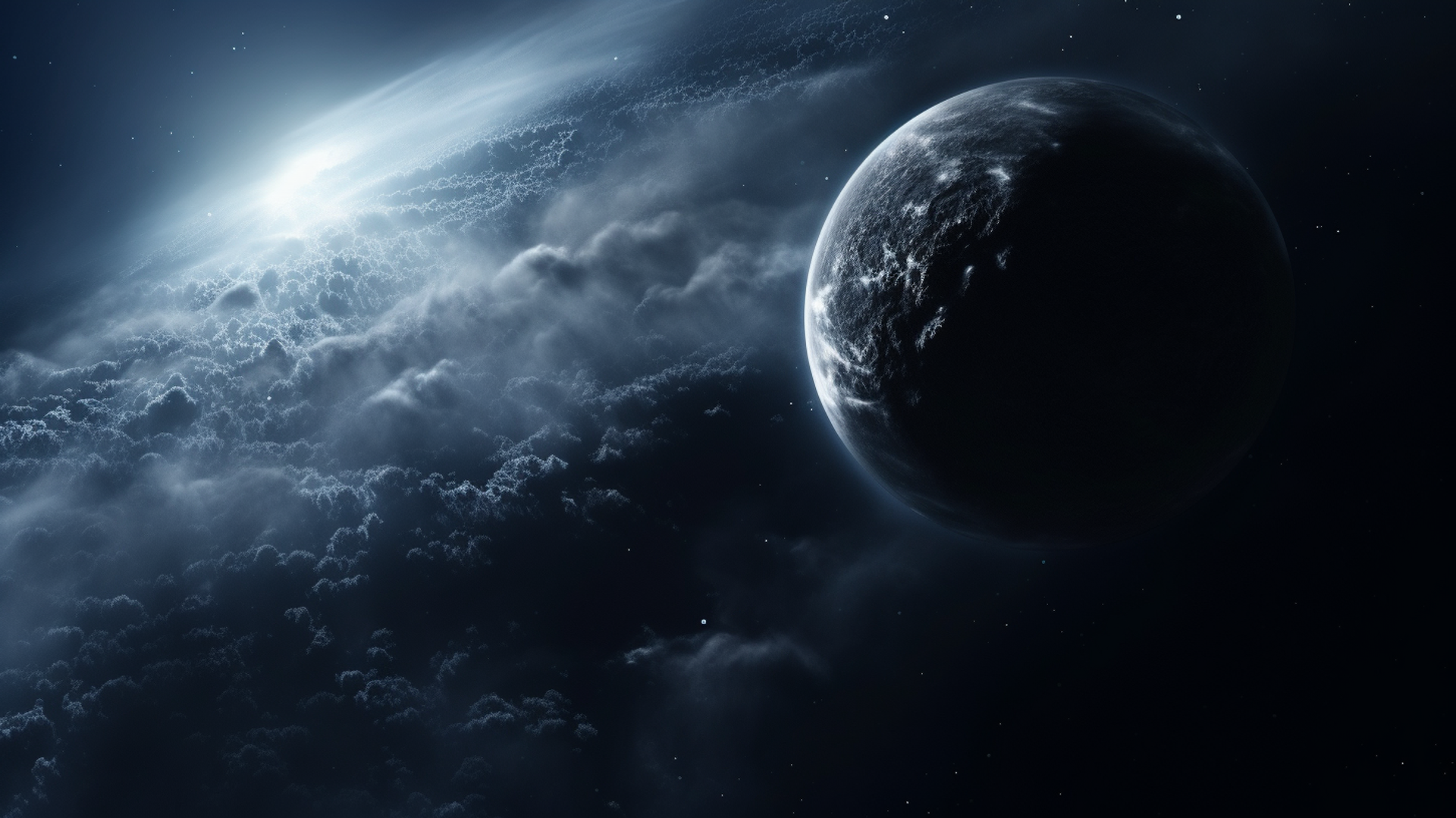https://sputnikglobe.com/20230628/mysterious-planet-may-be-hiding-inside-oort-cloud-1111513970.html
Mysterious Planet May Be Hiding Inside Oort Cloud
Mysterious Planet May Be Hiding Inside Oort Cloud
Sputnik International
In 1906, astronomer Percival Lowell hypothesized that a giant planet was orbiting the sun and affecting the gravity of Neptune and Uranus. His work eventually... 28.06.2023, Sputnik International
2023-06-28T03:12+0000
2023-06-28T03:12+0000
2023-06-28T03:11+0000
beyond politics
oort cloud
pluto
neptune
nasa
planet x
science & tech
https://cdn1.img.sputnikglobe.com/img/07e7/06/1c/1111514065_5:0:1456:816_1920x0_80_0_0_e4d9e549a8876261f5150259f904a0fd.png
A team of international researchers ran simulations of the early stages of our solar system and found that a planet lying beyond our solar system may orbit our sun. But if it exists, it is much further away than early 20th-century astronomers hypothesized.The study, which is still awaiting peer review, says any such hidden planets likely exist in the Oort Cloud, a large collection of icy objects that float on all sides of our solar system unlike planets and the Kuiper Belt, which primarily sit on the same flat disk around the sun.For an idea of how far out the Oort Cloud is, the closest star, Proxima Centauri, sits about 268,770 AU (25.3 trillion miles) away from the sun. It is because of this vast distance, and the chaotic nature of the Oort Cloud that makes figuring out what is out there so difficult. The study states the chances of a massive planet roaming the Oort Cloud are very slim but non-negligible. They estimate there is a 0.5% chance such a planetary body formed during the solar system’s formation, and a 7% chance that the sun’s gravitational pull stole such an object from another system.The researchers say it is far more likely the Oort Cloud is made up of icy rocks, with the largest objects about the size of a mountain.While it may not be the planet Lowell was looking for, and it definitely would not affect Neptune or Uranus’ orbits, Planet X may indeed be out there somewhere.
https://sputnikglobe.com/20210216/it-doesnt-exist-new-study-challenges-elusive-planet-x-theory-1082095779.html
oort cloud
pluto
neptune
Sputnik International
feedback@sputniknews.com
+74956456601
MIA „Rossiya Segodnya“
2023
News
en_EN
Sputnik International
feedback@sputniknews.com
+74956456601
MIA „Rossiya Segodnya“
Sputnik International
feedback@sputniknews.com
+74956456601
MIA „Rossiya Segodnya“
oort cloud, pluto, neptune, nasa, planet x, science & tech
oort cloud, pluto, neptune, nasa, planet x, science & tech
Mysterious Planet May Be Hiding Inside Oort Cloud
In 1906, astronomer Percival Lowell hypothesized that a giant planet was orbiting the sun and affecting the gravity of Neptune and Uranus. His work eventually led to the discovery of Pluto. Despite being largely discredited, a hypothetical large, lost planet has been a staple of pop culture ever since.
A team of international researchers ran simulations of the early stages of our solar system and found that a planet lying beyond our solar system may orbit our sun. But if it exists, it is much further away than early 20th-century astronomers hypothesized.
The study, which is still awaiting peer review, says any such hidden planets likely exist in the Oort Cloud, a large collection of icy objects that float on all sides of our solar system unlike planets and the Kuiper Belt, which primarily sit on the same flat disk around the sun.

16 February 2021, 18:56 GMT
The Oort Cloud is thought to be the home of comets. It sits in the far reaches of the edge of our solar system, and astronomers still aren’t sure exactly how far away it is.
The best estimates place the inner edge of the Oort Cloud between 2,000 astronomical units (AU), or 186 billion miles to 5,000 AU (465 billion miles) away from the sun. The outer edges, according to NASA may extend up to 100,000 AU or 9.2 trillion miles.
For an idea of how far out the Oort Cloud is, the closest star, Proxima Centauri, sits about 268,770 AU (25.3 trillion miles) away from the sun. It is because of this vast distance, and the chaotic nature of the Oort Cloud that makes figuring out what is out there so difficult.
The study states the chances of a massive planet roaming the Oort Cloud are very slim but non-negligible. They estimate there is a 0.5% chance such a planetary body formed during the solar system’s formation, and a 7% chance that the sun’s gravitational pull stole such an object from another system.
The researchers say it is far more likely the Oort Cloud is made up of icy rocks, with the largest objects about the size of a mountain.
While it may not be the planet Lowell was looking for, and it definitely would not affect Neptune or Uranus’ orbits, Planet X may indeed be out there somewhere.



